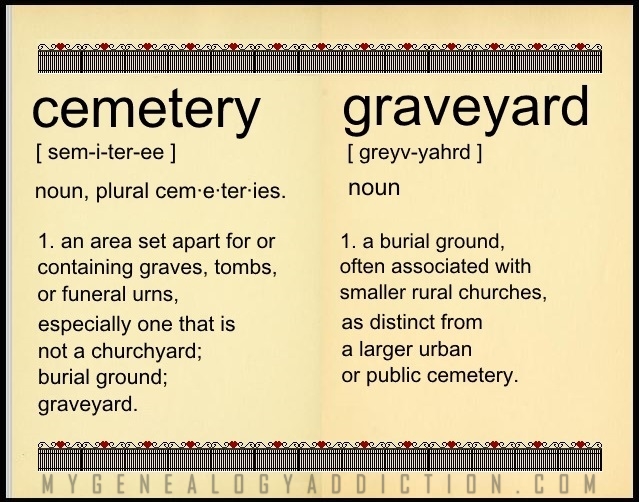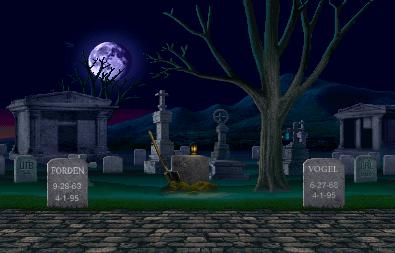

As with most other human property such as houses and means of transport, richer families used to compete for the artistic value of their family headstone in comparison to others around it, sometimes adding a statue (such as a weeping angel) on the top of the grave. Usually, the more writing and symbols carved on the headstone, the more expensive it was.

Mourners who could afford the work of a stonemason had a headstone engraved with a name, dates of birth and death and sometimes other biographical data, and set up over the place of burial. Most others were buried in graveyards again divided by social status. In Europe, this was often accompanied by a depiction of their coat of arms. In most cultures those who were vastly rich, had important professions, were part of the nobility or were of any other high social status were usually buried in individual crypts inside or beneath the relevant place of worship with an indication of their name, date of death and other biographical data. The bones were then exhumed and stored in ossuaries, either along the arcaded bounding walls of the cemetery or within the church under floor slabs and behind walls. Practices varied, but in continental Europe, bodies were usually buried in a mass grave until they had decomposed. Early Christianity įrom about the 7th century CE, in Europe a burial was under the control of the Church and could only take place on consecrated church ground. The reopening of furnished or recent burials occurred over the broad zone of European row-grave-style furnished inhumation burial, especially from the 5th to the 8th centuries CE, which comprised the regions of today's Romania, Hungary, the Czech Republic, Slovakia, Switzerland, Austria, Germany, the Low Countries, France, and south-eastern England. Urnfield culture of the European Bronze Age.ĭuring the Early Middle Ages, the reopening of graves and manipulation of the corpses or artifacts contained within them was a widespread phenomenon and a common part of the life course of early medieval cemeteries across Western and Central Europe.

They are one of the chief sources of information on ancient and prehistoric cultures, and numerous archaeological cultures are defined by their burial customs, such as the Neolithic cemeteries are sometimes referred to by the term " grave field". ( February 2021) ( Learn how and when to remove this template message) Unsourced material may be challenged and removed. Please help improve this section by adding citations to reliable sources. Modern cemeteries often include crematoria, and some grounds previously used for both, continue as crematoria as a principal use long after the interment areas have been filled.

These ceremonies or rites of passage differ according to cultural practices and religious beliefs. In Western cultures, funeral ceremonies are often observed in cemeteries. The intact or cremated remains of people may be interred in a grave, commonly referred to as burial, or in a tomb, an "above-ground grave" (resembling a sarcophagus), a mausoleum, columbarium, niche, or other edifice. The term graveyard is often used interchangeably with cemetery, but a graveyard primarily refers to a burial ground within a churchyard. The word cemetery (from Greek κοιμητήριον, "sleeping place") implies that the land is specifically designated as a burial ground and originally applied to the Roman catacombs. A cemetery, burial ground, gravesite or graveyard is a place where the remains of dead people are buried or otherwise interred.


 0 kommentar(er)
0 kommentar(er)
